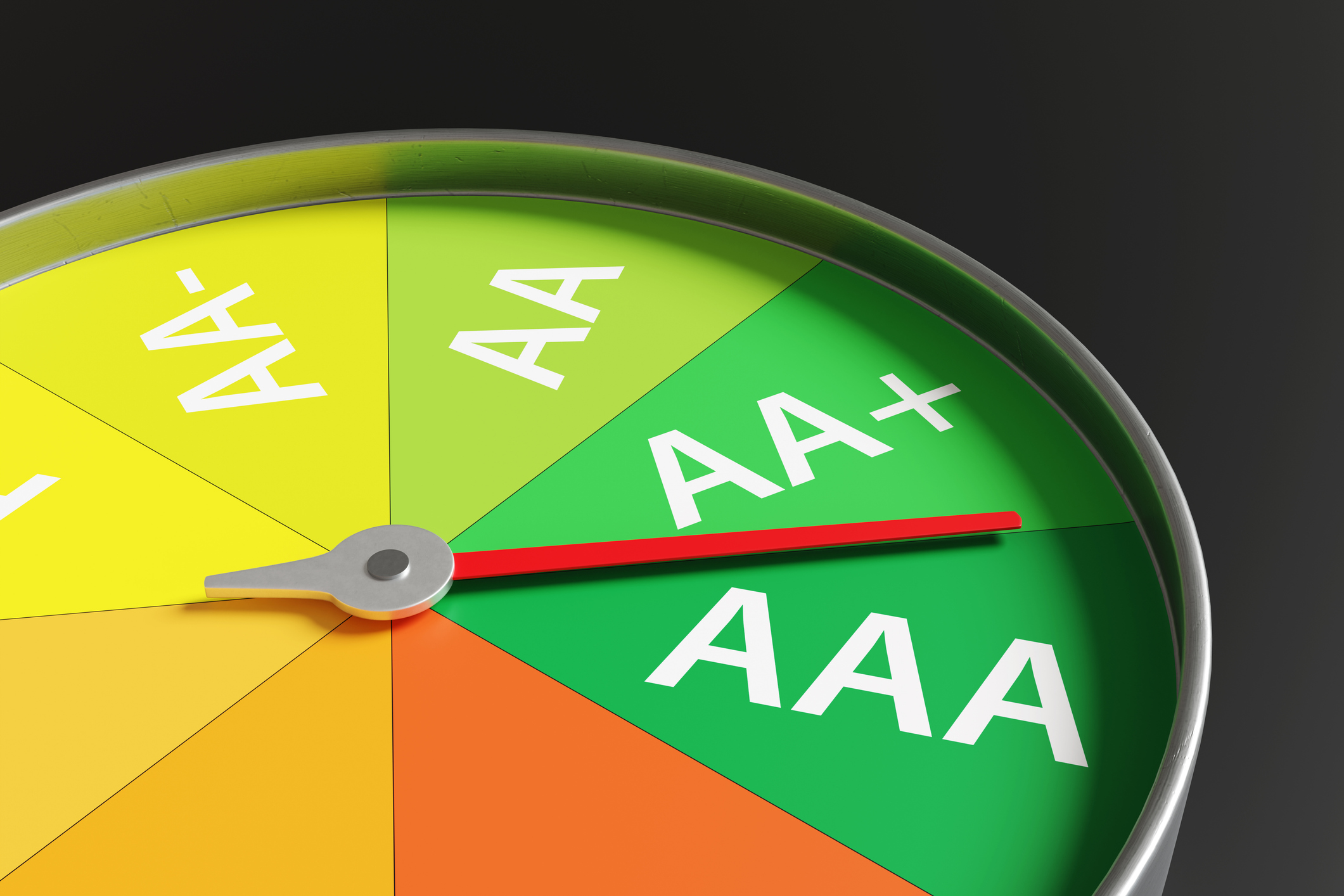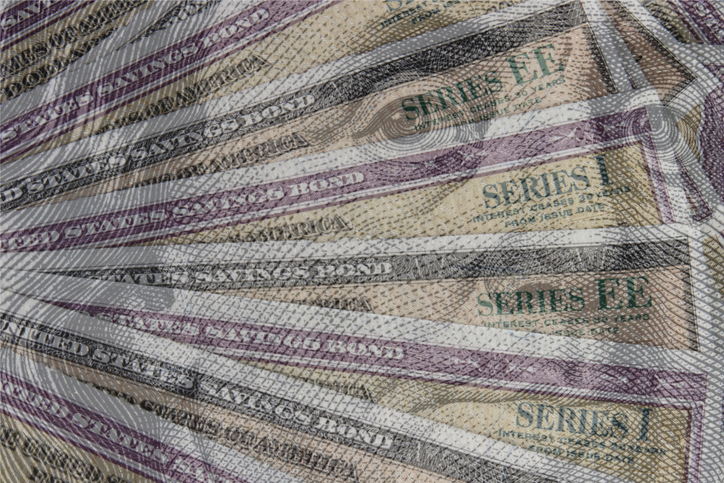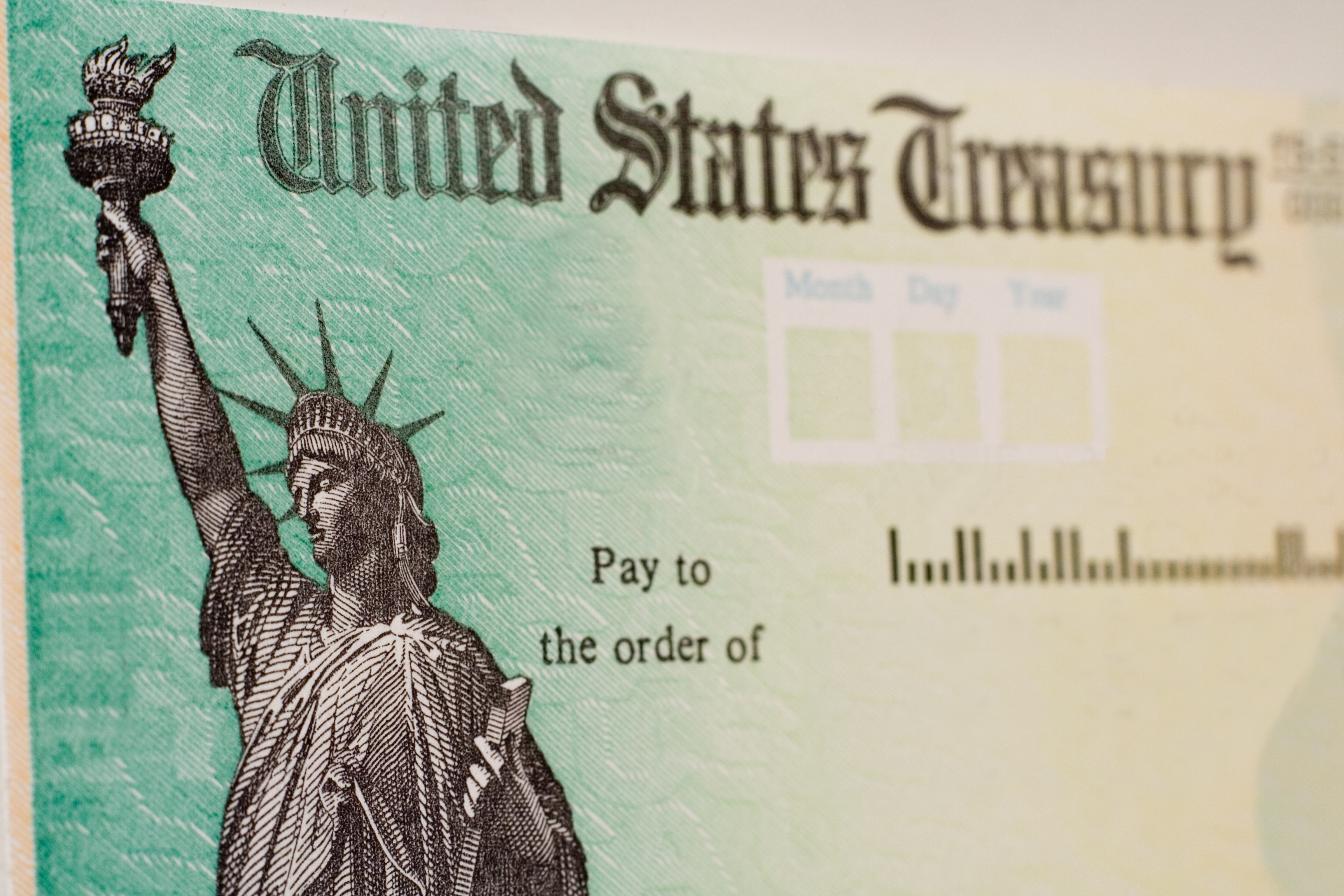Do Global Funds Have a Place in Your Portfolio?
A global fund provides exposure to U.S. and foreign stocks, including shares of companies in emerging markets.


Question: Over the years, we have developed a diversified portfolio of stock, bond and money market funds, including domestic and international stock funds as well as some global stock funds. Do global stock funds have a particular place in a diversified portfolio? I'm thinking of liquidating them and investing the money elsewhere.
Answer: Think of global stock funds as all-in-one stock portfolios because they hold both U.S. and international stocks, including shares in emerging-markets companies. These funds typically hold roughly 50% of assets in U.S. stocks and 50% in foreign stocks in developed and emerging-markets countries.
To decide whether you should ditch your global stock funds, answer a few questions. First, do the funds’ allocation to U.S. and international stocks fit with your overall allocation plan? A moderate-risk portfolio for a 45-to-50-year-old investor with roughly two decades to go before retirement should devote more than 50% to U.S. stocks, as much as 30% to foreign stocks and a little less than 20% to bonds and cash.

Sign up for Kiplinger’s Free E-Newsletters
Profit and prosper with the best of expert advice on investing, taxes, retirement, personal finance and more - straight to your e-mail.
Profit and prosper with the best of expert advice - straight to your e-mail.
If you find it difficult to figure out the overall allocation of your portfolio, check out Empower. Once you sign up for a free account and link your investment accounts, the site will calculate your allocation. You can see a single aggregate view of all of your accounts by asset class, stock sector or even individual holdings. You may find your portfolio needs some realignment to get back on track with your target allocation, which could mean you’ll need to unload some shares in your global stock funds, as well as other funds.
But let’s assume the global stock funds work with your target allocation. The next question is, are they good funds? Some global stock funds are standouts, including Vanguard Global Minimum Volatility (VMVFX). If the funds you hold are poor performers, you should feel free to sell them in exchange for a better option. Just be aware of the tax consequences if your fund is in a taxable account, and be sure you have a worthy alternative in mind that fits with your overall investment plan.
Even if your global stock funds are solid performers, do you have your eye on another investment opportunity that you find more attractive? In that case, you could sell some or all of your shares in the global stock funds to free up cash, especially if they have posted strong returns in recent years and you’re taking profits off the proverbial table. Always go back to your investment plan, however, and make sure any moves you make stay in line with your target allocation.
Get Kiplinger Today newsletter — free
Profit and prosper with the best of Kiplinger's advice on investing, taxes, retirement, personal finance and much more. Delivered daily. Enter your email in the box and click Sign Me Up.

Nellie joined Kiplinger in August 2011 after a seven-year stint in Hong Kong. There, she worked for the Wall Street Journal Asia, where as lifestyle editor, she launched and edited Scene Asia, an online guide to food, wine, entertainment and the arts in Asia. Prior to that, she was an editor at Weekend Journal, the Friday lifestyle section of the Wall Street Journal Asia. Kiplinger isn't Nellie's first foray into personal finance: She has also worked at SmartMoney (rising from fact-checker to senior writer), and she was a senior editor at Money.
-
 Trump’s Tax Cut Risks Your SNAP, Medicaid Benefits
Trump’s Tax Cut Risks Your SNAP, Medicaid BenefitsTax Cuts The GOP budget blueprint could slash lifesaving programs for millions of U.S. households.
By Gabriella Cruz-Martínez
-
 Can Trump Fire Powell? A Supreme Court Case Could Decide
Can Trump Fire Powell? A Supreme Court Case Could DecidePresidential posts threaten to overwhelm decades of precedent and tradition, whatever the nine justices decide.
By David Dittman
-
 Bond Basics: Zero-Coupon Bonds
Bond Basics: Zero-Coupon Bondsinvesting These investments are attractive only to a select few. Find out if they're right for you.
By Donna LeValley
-
 Bond Basics: How to Reduce the Risks
Bond Basics: How to Reduce the Risksinvesting Bonds have risks you won't find in other types of investments. Find out how to spot risky bonds and how to avoid them.
By the editors of Kiplinger's Personal Finance
-
 What's the Difference Between a Bond's Price and Value?
What's the Difference Between a Bond's Price and Value?bonds Bonds are complex. Learning about how to trade them is as important as why to trade them.
By Donna LeValley
-
 Bond Basics: U.S. Agency Bonds
Bond Basics: U.S. Agency Bondsinvesting These investments are close enough to government bonds in terms of safety, but make sure you're aware of the risks.
By Donna LeValley
-
 Bond Ratings and What They Mean
Bond Ratings and What They Meaninvesting Bond ratings measure the creditworthiness of your bond issuer. Understanding bond ratings can help you limit your risk and maximize your yield.
By Donna LeValley
-
 Bond Basics: U.S. Savings Bonds
Bond Basics: U.S. Savings Bondsinvesting U.S. savings bonds are a tax-advantaged way to save for higher education.
By Donna LeValley
-
 Bond Basics: Treasuries
Bond Basics: Treasuriesinvesting Understand the different types of U.S. treasuries and how they work.
By Donna LeValley
-
 Bond Basics: Ownership
Bond Basics: Ownershipinvesting Bonds come in a variety of forms, but they all share these basic traits.
By Donna LeValley